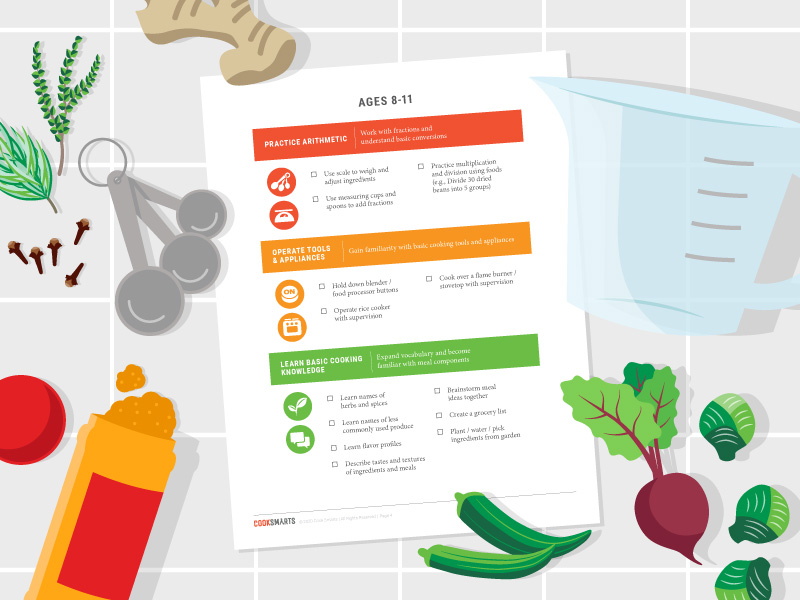
The julienne cutting is used when you make a salad with similar-thick vegetables. You can prepare this cut by simply slicing the vegetable into thin strips and then stacking them one upon the other. Juliennes are great for leafy vegetables. The process involves rolling the leaves in a tube and cutting them into thin strips. Finally, stack them.
Brunoise
Although most restaurants prefer to use julienne to prepare their vegetables for cooking, the brunoise can be used as an alternative. This technique allows the vegetables can be cut into three-inch cubes. This technique is especially useful for potatoes, which can be more difficult than other vegetables. However, if you're unsure about the technique, here are some tips you can follow:
Chiffonade
Chiffonade, a French cooking technique that uses thin strips of leafy vegetable or larger herbs to make it look like a sliver, is called chiffonade. Although the word chiffonade literally means "in clothes", it looks more elegant than rags. It can be made of a variety o green thin leaves such radicchio, sorrel or spinach.

Oblique
This is an easy task that can be accomplished by simply chopping and cupping vegetables. How can you ensure they cook evenly? Oblique cutting ensures that the vegetable's surface area is more exposed to heat. This is also called a roll cut. It allows you to create pieces that are the same size and shape, but not uniformly. Find out how to make an Oblique Cut in the kitchen.
Paysanne
Watch a demonstration of the Paysanne cut vegetable method and you'll be tempted to give it a try. This technique involves cutting vegetables like butter with a small stick. The end result is similar to eating tiny butter pats. The demonstration was done with a daikon radish. A chef's knife is a better choice if you want a more precise cut. The blade should be sharp.
Oblique cut
If you love to cook, and you're looking for a new way to add variety to your vegetable collection, the oblique cutting technique is for you. It is a simple method that ensures vegetables cook evenly and uniformly. Oblique cuts also know as roll cuts. They're easy to learn. These cuts are useful for stir-frying, roasting, and glazing because the exposed surface area creates a more appealing look and texture.

Julienne
To julienne, cut vegetables, you'll first need to peel them and then wash them. Cut them lengthwise into strips, approximately 0.3-to-1.5 cm wide. Next, stack several strips on top of each other to create matchstick-like strips. For stir-frying, juilled vegetables are perfect for use in all kinds of dishes. You can julienne most vegetables, including potatoes, cucumbers and peppers.
FAQ
What is the cost to study culinary arts?
There are many factors that influence the cost of learning culinary arts. A four-year degree in culinary arts typically costs around $40,000. A two-year associate degree, on the other hand may cost less than $5,000. Tuition costs vary depending on which program you choose. Prices for tuition are higher in private institutions than they are for public ones.
Where can i buy quality kitchen equipment
Online shopping is a great way to purchase quality kitchen equipment. You can find all kinds of kitchen tools on a variety of websites. Be sure to read customer reviews before you buy any kitchen equipment. You can also ask other people who own similar items if they would recommend them.
Is there a difference in a chef and a cooker?
A chef prepares food to be served to others. A cook prepares the food for oneself. Although both jobs require you to prepare food, a chef is more involved in serving customers. This means that they can have to decide what food to serve customers based their preferences. A cook doesn't need to interact with clients. He or she makes sure that the food is delicious before serving it.
Statistics
External Links
How To
How to cook a Steak
The thickness of the meat determines the best cooking method. Thicker steaks should be cooked over low heat. Thicker steaks will need to cook at higher temperatures.
It's important to not overcook the steaks as they will lose their taste. Make sure to remove the steaks from the pan after it is done. This will help you avoid burning your skin.
Cooking times vary depending on the size and degree of doneness desired. Here are some guidelines:
Medium Rare: Cook until medium-rare, which is when the internal temperature reaches at least 145degF (63degC). This can take anywhere from 3 to 5 minutes per side.
Medium: Cook the meat until it reaches 160°F (71°C). This normally takes around 6 minutes per side.
When done well, cook until the internal temperatures reach 180°F (82°C). This takes between 8 and 12 minutes per side.